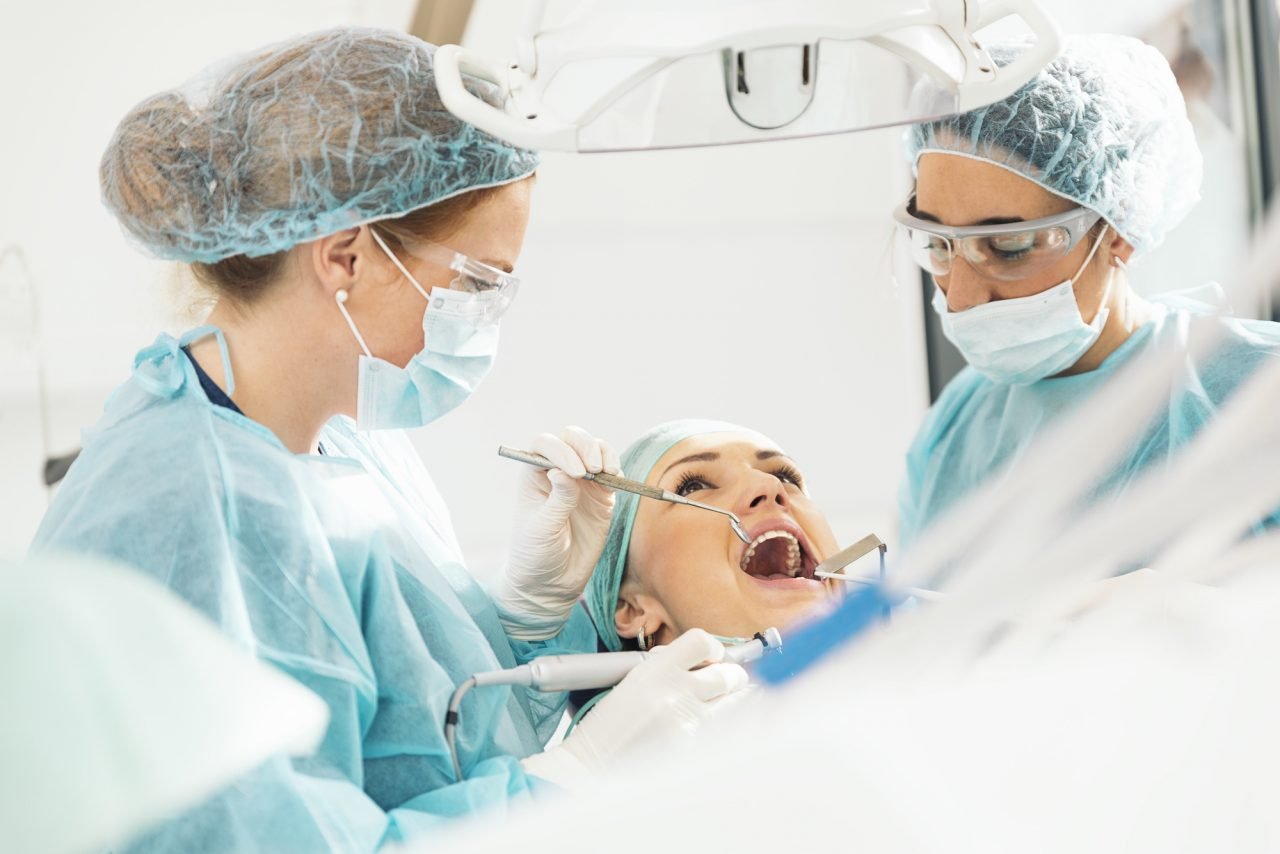The current pandemic has many of us worried about germs. Washing hands and sanitizing surfaces is the name of the game.
But have you ever wondered about the germs that might be hanging around on your toothbrush?
The average toothbrush contains millions of bacteria. These include molecules like E. coli and staphylococci. Toothbrushes can even contain fecal germs!
Working with a great Georgetown dentist will help you get your toothbrush hygiene back on track. In this post, you’ll learn about what germs might be on your toothbrush.
You’ll also learn some easy techniques you can use to keep your toothbrush clean at home.
Maintaining proper toothbrush hygiene can help you stay healthy. Keep reading to find out everything you need to know about your toothbrush!
Toothbrush Bacteria
There are hundreds of bacteria living in your mouth at a given time. Not all of these bacteria are harmful.
But if you’ve just been sick, then you know it’s probably a good idea to sanitize your toothbrush. Any germs lurking in your mouth could make their way onto your toothbrushes.
Where you store your toothbrush can also make a difference. If you store your toothbrush near the sink, then any germs coming off your hands could find their way onto your toothbrush.
It’s also common for toothbrushes to contain fecal matter. If you store your toothbrush near an open toilet, this can be even more pronounced.
Most of the time, the bacterial molecules on your toothbrush are similar to the ones naturally found in your mouth. But in certain cases, the bacteria between your bristles can cause harm.
Of course, you can take many steps to minimize the number of bacteria that wind up on your toothbrushes. Let’s take a look at a few of these now!
Prevent Bacteria on Your Toothbrushes
Some toothbrushes come in a plastic travel case. These airtight containers can actually cause mold to grow on your toothbrush.
If you store your toothbrush next to other toothbrushes, contamination can also occur.
Proper toothbrush storage can help reduce any bacteria on your brush.
If you’re concerned about the tiny droplets of fecal matter, then make sure to flush with the lid down. This traps fecal particles and keeps them off your toothbrushes.
Finally, remember not to share your toothbrush with others. You can even use your own tube of toothpaste if you’re concerned.
How to Clean Your Toothbrush
There are many different ways you can take care of cleaning your toothbrush at home. Let’s take a look at a few of these now:
Hydrogen Peroxide
To keep your toothbrush clean, consider using this common household ingredient. Use one teaspoon of hydrogen peroxide per cup of water.
You should store your toothbrush in this solution. But make sure to change it each day for maximum benefits.
Dishwasher to the Rescue
Did you know that you can clean your toothbrush in the dishwasher? That’s right! Tuck your toothbrush in the top rack for a good cleaning.
If you’re concerned about putting your brush in the dishwasher, you can also use a dishwasher-safe container.
Baking Soda
A baking soda solution can remove many different germs from your toothbrush.
To make this solution, you’ll want to add two teaspoons of baking soda per one cup of water. Make sure the bristles are entirely covered.
Professionals recommend that you buy a new toothbrush head once every three months. You can clean your toothbrush on a daily or weekly basis as well.
You should also make sure to replace your toothbrush after you’ve been sick.
There are many ways to keep your toothbrushes clean at home! The next time you’re worrying about your toothbrush hygiene, why not give one of these methods a try?
Good Oral Hygiene Tips
After you’ve finished cleaning your toothbrush, it’s time to put it to use. Let’s take a look at some top oral hygiene tips for keeping your pearly whites shining!
First, the way you brush your teeth is crucial. You want to focus on using gentle, circular motions. This will help remove plaque from hard-to-reach areas.
And don’t forget the tongue! Germs and bacteria can grow on the tongue. Scraping your tongue during brushing can help counteract this.
Speaking of hard-to-reach areas, flossing is another crucial element of healthy teeth. Flossing is essential for keeping gingivitis at bay.
If you struggle to floss, start small. Make a commitment to flossing three or four times a week at first. Then build this up until you are flossing at least once per day.
Of course, brushing and flossing won’t do much if you don’t follow a healthy diet.
Foods that are very acidic or high in sugar can damage your teeth. Processed snacks that are especially chewy or crunchy can also be problematic.
You don’t need to eat a perfect diet every day to reap the rewards for your tooth health. Gradually incorporating healthier foods into your diet is the best way to go.
If you do eat something high in sugar, consider brushing your teeth afterward.
Brushing your teeth twice a day is the minimum recommendation. But brushing after a sugary snack can also promote tooth health.
Last but not least, make sure you’re visiting your dentist regularly! You should be attending your regular checkups to keep an eye on your tooth health.
The Right Georgetown Dentist For You
Here at Georgetown Village Dental, we’re committed to helping all of our clients achieve their brightest smiles.
Our community-oriented practice is dedicated to your comfort and satisfaction.
If you’re looking for a Georgetown dentist, give us a call. We can’t wait to see you smile!

